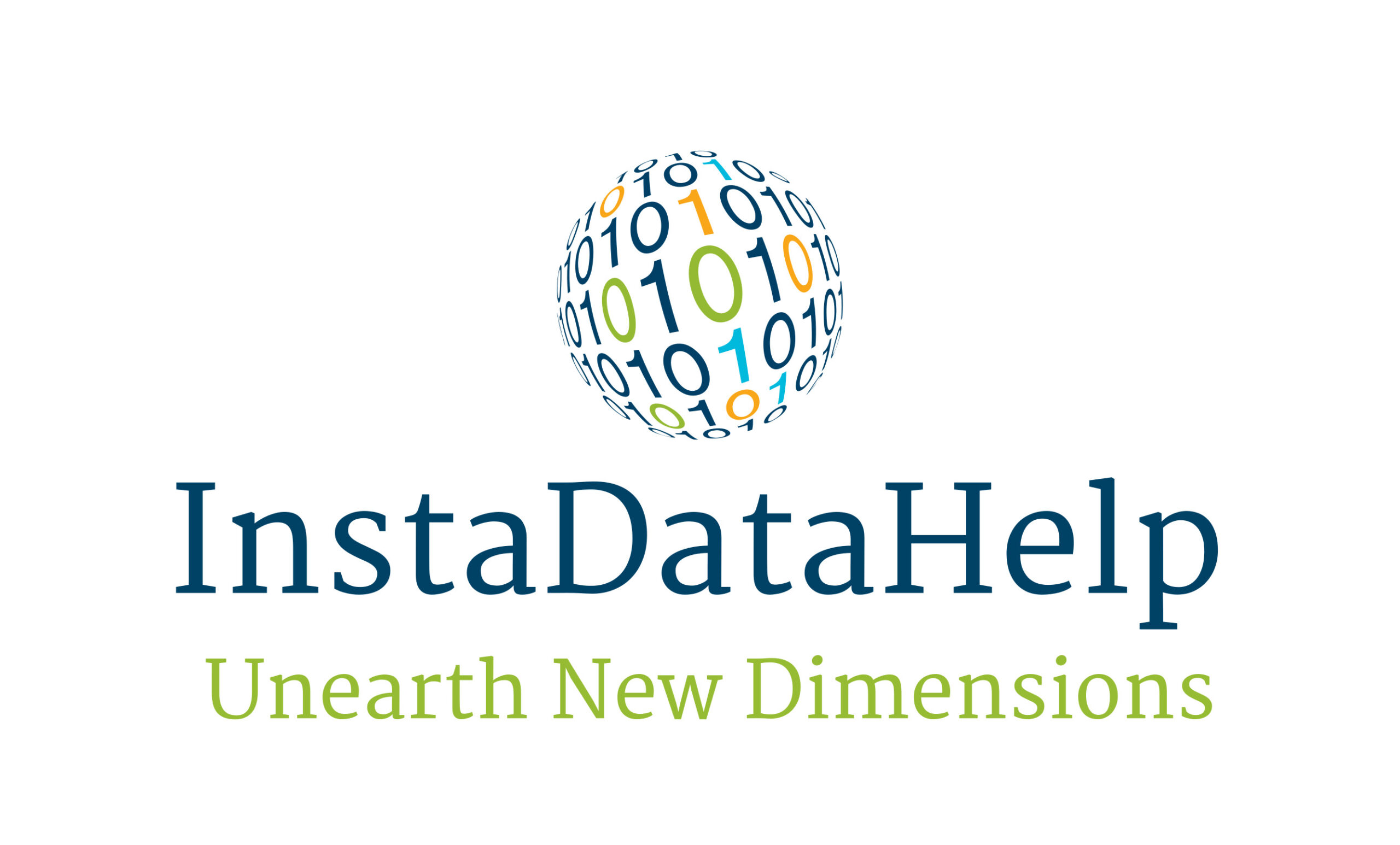Python is a high-level programming language that is easy to learn and use. It is an interpreted language, which means that it does not require a compiler to convert the code into machine language. It is a powerful language used for web development, data analysis, machine learning, and artificial intelligence. In this article, we will be discussing the basic concepts of Python, including data types, control structures, and functions, with examples.
Data Types in Python
Data types are the building blocks of any programming language. In Python, the following data types are supported:
- Integers – they are represented by a whole number without fractional components. For example, 1, 2, 3, etc.
- Floats – they are represented by a decimal number with a fractional component. For example, 2.34, 5.6, etc.
- Strings – they are a sequence of characters enclosed in quotes. For example, “hello world”.
- Lists – they are collections of items enclosed in square brackets and separated by a comma. For example, [1, 2, 3].
- Dictionaries – they are collections of key-value pairs enclosed in curly braces and separated by a comma. For example, {“name”: “John”, “age”: 25}.
Control Structures in Python
Control structures are used to control the flow of the program. There are three types of control structures in Python: conditional statements, loops, and functions.
Conditional Statements
Conditional statements are used to make decisions in the program. The following conditional statements are supported in Python:
- If Statement – it is used to check for a specific condition and execute code if the condition is true. For example,
if age > 18: print(“You are eligible to vote”)
- If-Else Statement – it is used to check for a specific condition and execute code if the condition is true, else execute a separate block of code. For example,
if age > 18: print(“You are eligible to vote”) else: print(“You are not eligible to vote”)
- If-Elif-Else Statement – it is used to check for multiple conditions and execute code based on the condition that is true. For example,
if age < 18: print(“You are not eligible to vote”) elif age == 18: print(“You can vote for the first time”) else: print(“You can vote”)
Loops
Loops are used to repeat code for a specific number of times or until a specific condition is met. The following loops are supported in Python:
- While Loop – it is used to repeat code while a specific condition is true. For example,
while x < 10: print(x) x += 1
- For Loop – it is used to repeat code for a specific number of times or to iterate over a collection. For example,
for i in range(1, 6): print(i)
Functions
Functions are used to perform a specific task or to return a specific value. They are defined using the “def” keyword. For example,
def greet(name): print(“Hello, ” + name + “!”)
print(greet(“John”))
Output: Hello, John!
Conclusion
In this article, we discussed the basic concepts of Python, including data types, control structures, and functions with examples. Python is a powerful language used in various fields like web development, data analysis, machine learning, and artificial intelligence. With its simple and easy-to-learn syntax, Python is an ideal language for beginners to learn. If you need python assignment help hire the best assignment helper now.


Recent Comments